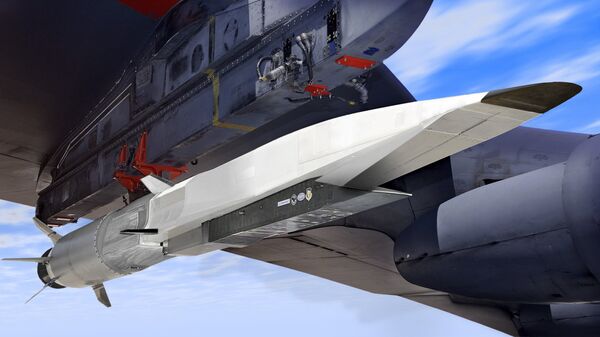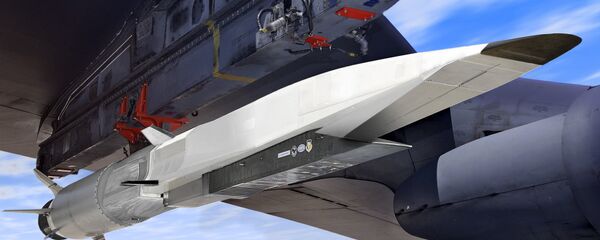"I am working with the team on acceleration and I am very confident that a significant acceleration is possible," Will Roper, assistant secretary of the Air Force for acquisition, technology and logistics, told Warrior Maven May 8.
The service is willing to move forward with an effective "90 percent" solution instead of waiting many more years for a "100 percent," the acquisitions official told the news outlet. Still, he "was clear not to pinpoint an as-of-yet undetermined timeline," Warrior Maven reports.
A hypersonic weapon or vehicle is one whose speed exceeds five times the speed of sound, or upwards of 3,800 mph, a limit that present propulsion technology can barely reach. The fluid dynamics of air at those speeds behave radically differently than at the slower speeds at which most missiles and jet aircraft travel, presenting unique problems for designers.
Roper said the USAF is developing a prototype for an air-launched "boost glide" weapon that accelerates into space before using the force of gravity to hit targets at higher speed on its descent. Further, engineers are developing a second demonstrator for a future "Hypersonic Conventional Strike Weapon" that relies on more mature technology. The Air Force is collaborating with the Defense Advanced Research Projects Agency on both projects.
"The two systems have different flight profiles, payload sizes and provide complementary offensive capabilities," the spokeswoman told Warrior Maven.
The race to develop hypersonic weapons was highlighted earlier this year by the commander of US Strategic Command, United States Air Force General John Hyten, who told lawmakers in March that "We don't have any defense that could deny the employment of such a weapon against us."
Hyten also remarked that Moscow and Beijing "continue to move fast" in the area of hypersonic weapons development, specifically, hypersonic glide vehicles.
The general's comments were echoed by Senator James Inhofe (R-Oklahoma). "Right now, we're helpless," the senator told the Hill, also in March.




